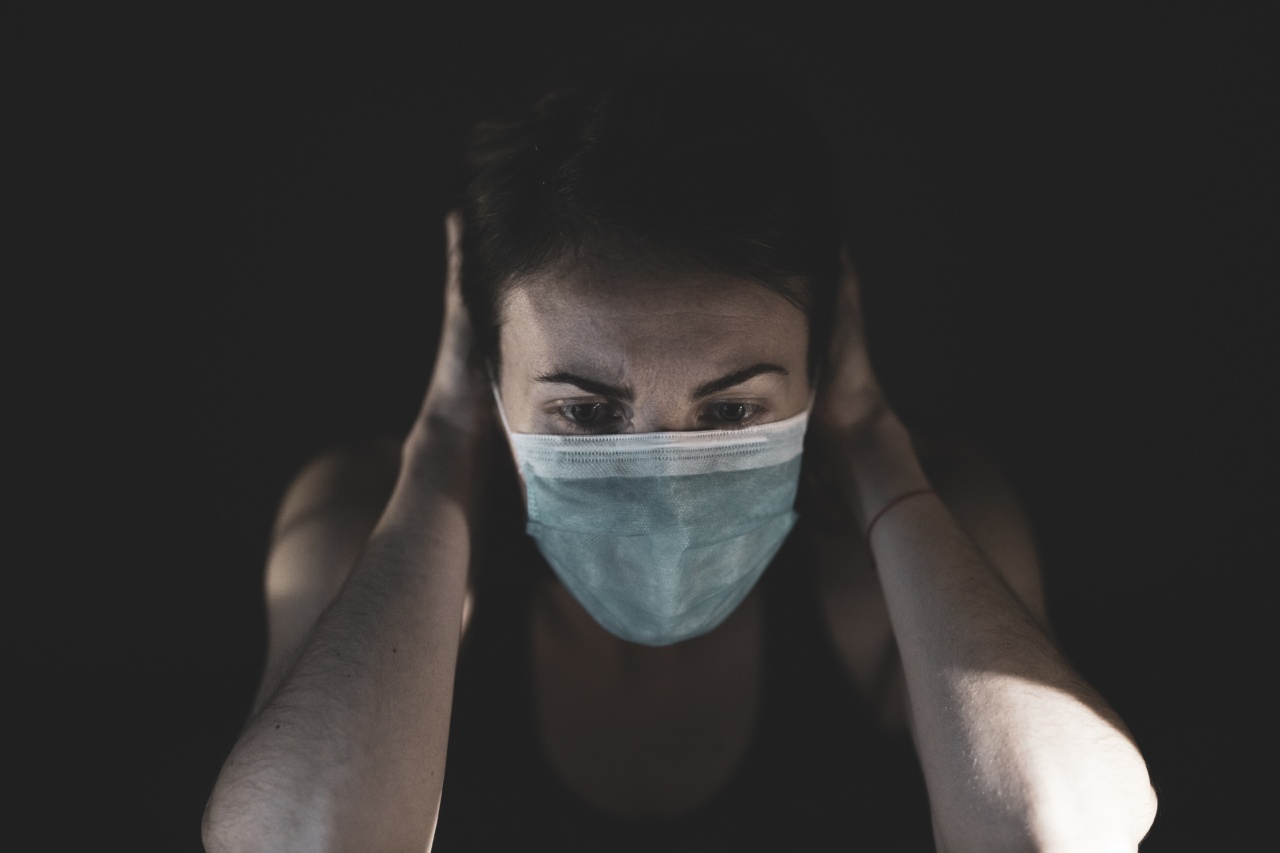An outbreak of a deadly strain of influenza has claimed the lives of 62 people and affected thousands in the United States. The Centers for Disease Control and Prevention (CDC) has labeled the outbreak as the deadliest flu season in almost a decade.
What is Influenza?
Influenza, commonly known as the flu, is a contagious respiratory illness caused by influenza viruses. The virus is spread through the air when an infected person coughs or sneezes and can also be transmitted through contact with contaminated surfaces.
The flu can range from mild to severe, and in some cases, can be fatal. Symptoms of the flu include fever, cough, sore throat, runny or stuffy nose, body aches, chills, and fatigue.
The Current Outbreak
The current outbreak is caused by the H3N2 strain of the virus, which is known to cause more severe illness than other strains. The flu season usually runs from October to May, with January and February being the peak months.
However, this year’s outbreak started earlier than usual, and the number of reported cases has been higher than previous years.
Impact on Public Health
The flu is a serious public health issue, and the current outbreak has taken a toll on healthcare systems in the affected areas. Emergency rooms and hospitals have been overwhelmed with patients seeking treatment for flu-like symptoms.
There has also been a shortage of flu vaccines and antiviral medications used to treat the flu, leading to longer wait times for patients and contributing to the spread of the virus.
Prevention and Treatment
The CDC recommends that everyone six months and older should receive an annual flu vaccine. The vaccine is the best way to prevent the flu and reduce the severity of symptoms if a person does get sick.
In addition to vaccination, people can take simple measures to avoid getting the flu, such as washing hands frequently, covering coughs and sneezes, and avoiding close contact with sick people.
If a person does get sick with the flu, antiviral medications can help reduce the severity and duration of symptoms.
However, these medications are most effective when taken within the first 48 hours of getting sick, so it is important to seek medical attention as soon as possible.
Lessons Learned
The current outbreak highlights the importance of preparedness and response measures in the event of a public health crisis.
Governments, healthcare providers, and individuals should be proactive in implementing preventive measures, such as vaccination campaigns and infection control procedures, to reduce the impact of outbreaks such as the current flu season.
Conclusion
The current outbreak of the deadly H3N2 strain of influenza has claimed the lives of 62 people and affected thousands in the United States.
With the flu season still ongoing, it is essential for individuals to take preventive measures, such as receiving the flu vaccine and practicing good hygiene, to avoid getting sick. Healthcare providers and governments should also be prepared to respond to outbreaks and ensure adequate resources and support for affected communities.































